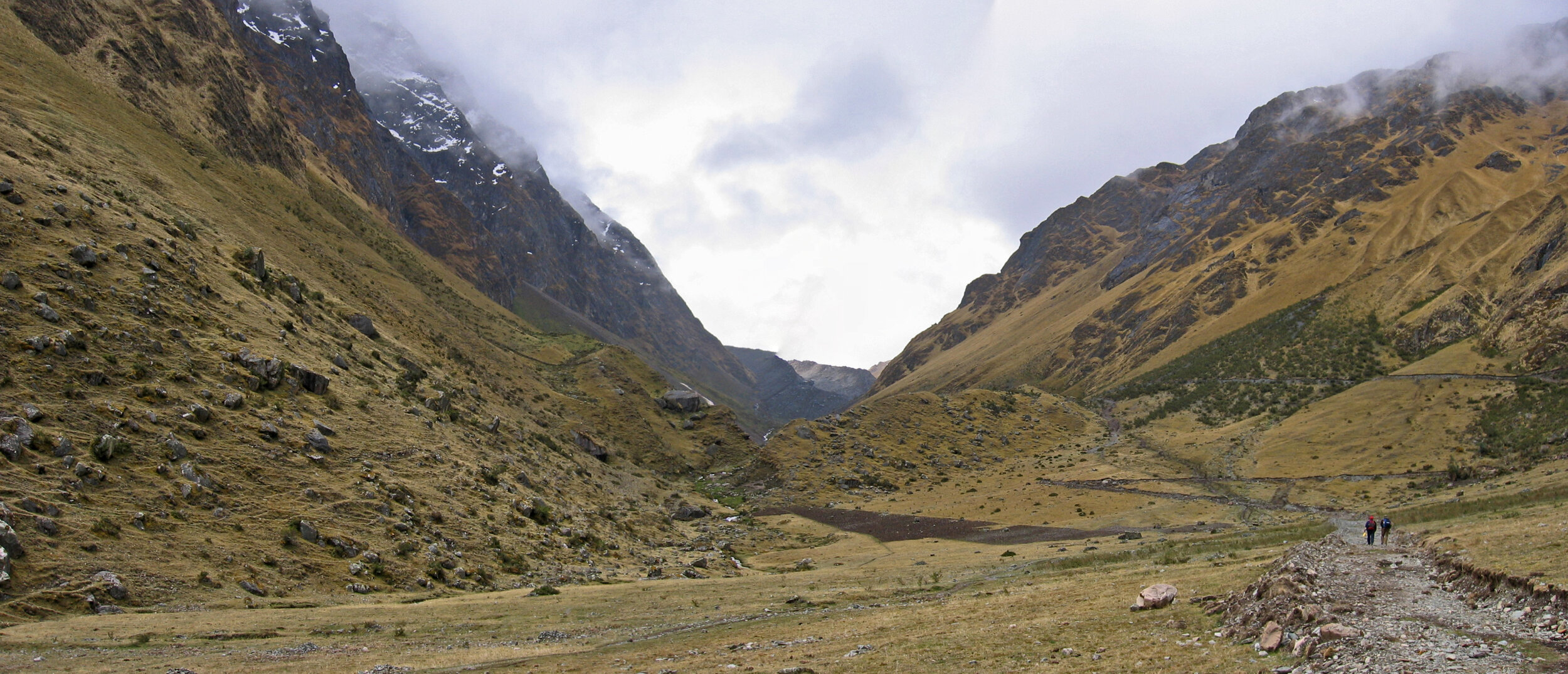Katie White
Katie White
“We need not come to the end of the path to experience the benefits of walking it.” Sam Harris
My connection to Dharma Voyage and Tai Chi began when my brother Charley and sister-in-law Barret started Tai Chi classes with Ben in Cambridge in 2007. It was impossible to ignore their interest in this new ‘exercise class’. When we were together on weekends or holidays, they would often withdraw to a quiet room or sunny patch of lawn to practice. I would observe from a distance, and wonder why they found Tai Chi so compelling. I was ready to find out for myself when Ben started to teach in Westport.
Since then Tai Chi has gently insinuated itself into my life and invited inquiry that’s evolved with my practice.
I was bemused by the fact that Tai Chi seemed to take priority for Charley – no way would he plan anything that might interfere with a class. Now I try to schedule my travel to miss as few classes as possible.
Sometimes I practice the form in unusual places. With some apprehension, I tried it on a Manhattan sidewalk. I needn’t have given that one a second thought. It was New York after all - no one paid any attention.
In Tai Chi and other martial arts a strike is blocked or deflected, and that energy is redirected to advantage. How can I use that tactic to deflect and redirect the force of other ‘strikes’ - like bad news or unpleasant experiences?
How to resolve the tension between individual and group action? We practice Tai Chi on our own, work on details; enjoy the form in the solo space of our own heads. And then in class, Ben asks us to fire up all of our senses - including the eyes in the back of our heads - and move in unison. We have to adjust to each other’s timing, oftentimes in ways that don’t seem ‘correct’ and that disrupt our own carefully cultivated rhythms. But then there’s the energy that comes when the group moves together – even if briefly and imperfectly. Those moments feel good. So too in any boat rowed by more than one person – if the rowing is synchronous, individual effort is amplified and the boat moves better, faster. The whole exceeds the sum of the parts.
How does a rower execute the recovery portion of the stroke to most effectively transition to and power the next drive? In Tai Chi, how to clearly express the inflection point of a block that becomes a gathering of energy for a strike which in an instant is once again passive potential? How about the inflection points in our lives? How to identify and use those moments for positive change?










